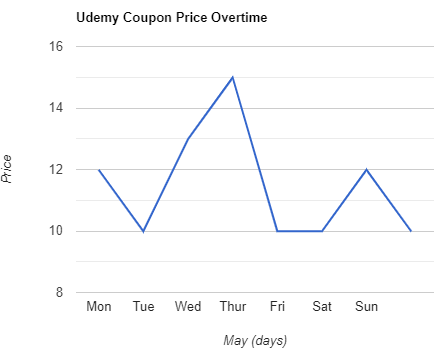 Quality Score
Quality Score
Overall Score : 86 / 100
 Live Chat with CourseDuck's Co-Founder for Help
Live Chat with CourseDuck's Co-Founder for Help
 Course Description
Course Description
 Instructor Details
Instructor Details

- 4.3 Rating
 116 Reviews
116 Reviews
Timothy Scherr
TIm Scherr earned his Bachelor of Science degree from Washington University in St. Louis and his Master of Science from the University of Utah, both in Electrical Engineering. He has over 30 years of engineering experience designing military communications systems, cable TV equipment, analog telephony Circuits, VoIP systems, license free radios, single board computers, and scientific instrumentation. During this time he held positions as an engineering manager, Director of Engineering, and President of a startup company. A common thread through all this was digital signal processing and embedded system design. He is excited to share his experience and continue working in this burgeoning field.




